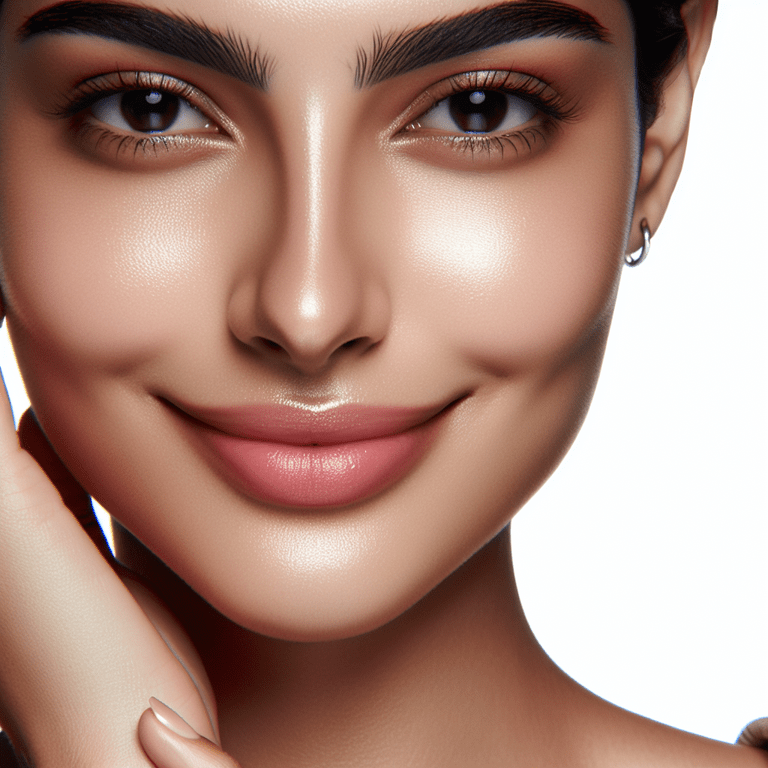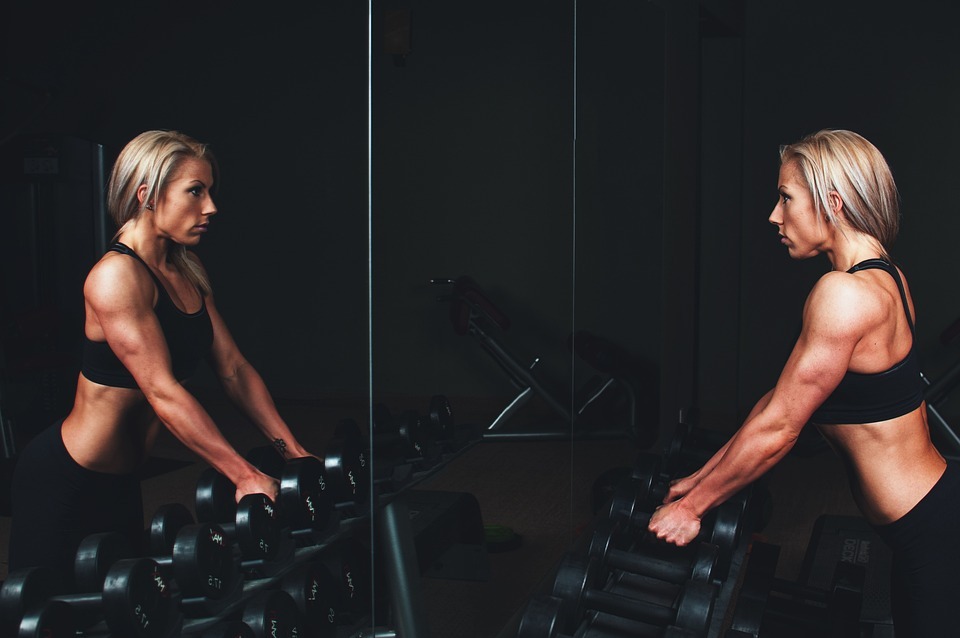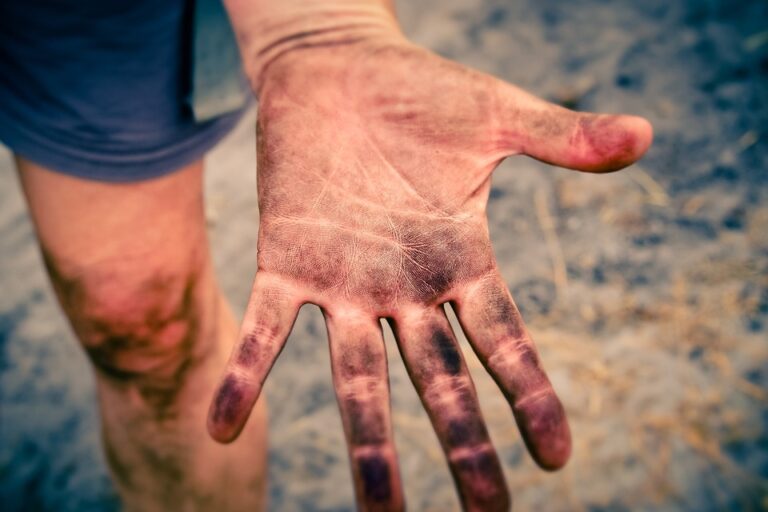Introduction
A pimple breakout right before a big event or special occasion can be incredibly frustrating. Whether it’s a wedding, job interview, or an important date, everyone wants to find quick solutions for clear skin fast. While it’s not always possible to completely get rid of pimples overnight, you can try several strategies to help reduce their size and redness and promote faster healing.
Key Takeaway: You can employ various methods to tackle pimples overnight. Effective treatments focus on reducing inflammation and combating acne-causing bacteria. This ultimate guide will cover practical tips for dealing with pimples in the short term and long-term approaches to prevent future breakouts, ensuring clearer and healthier skin.
In this article, we will discuss:
- Home Remedies: Quick fixes like benzoyl peroxide, salicylic acid, ice, and tea tree oil.
- Long-Term Strategies: Cleansing routines, exfoliation tips, and dietary considerations.
- Professional Help: When to consult a dermatologist for persistent acne issues.
For more beauty, health, and fitness tips, you can visit Life Fit News, a valuable resource providing comprehensive information on all things related to beauty, health, and fitness.
Understanding Pimples and Acne
Pimples and acne are often used interchangeably, but they refer to different levels of skin issues. Pimples are a type of acne lesion that manifests as small, inflamed spots on the skin. They can appear as whiteheads, blackheads, pustules, or cysts. Acne is a broader term encompassing various types of pimples and can vary in severity from mild to severe.
Causes of Pimples
Several factors contribute to the formation of pimples:
- Excess Oil Production: Sebaceous glands produce sebum, an oily substance meant to keep the skin lubricated. Overproduction can lead to clogged pores.
- Clogged Pores: Dead skin cells can mix with excess oil and block hair follicles, creating an environment ripe for pimple formation.
- Bacteria: Propionibacterium acnes (P. acnes) is a type of bacteria that thrives in clogged pores, leading to inflammation.
- Inflammation: The body’s immune response to bacterial invasion results in swelling and redness.
The Science Behind Pimple Formation
Propionibacterium acnes plays a crucial role in the development of pimples. This bacterium lives on the skin and within hair follicles. Under normal conditions, it doesn’t cause problems. However, when a pore becomes clogged with sebum and dead skin cells, it creates an anaerobic (oxygen-free) environment where P. acnes can thrive.
When P. acnes proliferates inside a clogged pore, it triggers an immune response:
- Interaction with Sebum: The bacteria feed on sebum and release enzymes that break it down into fatty acids.
- Immune Response: The breakdown of sebum attracts white blood cells to the site, causing inflammation and pus formation.
Understanding this process helps us target treatment efforts effectively by focusing on reducing oil production, keeping pores clear, combating bacteria, and minimizing inflammation.
A deeper understanding of how pimples form provides valuable insights into targeting them effectively. By addressing the root causes—excess oil production, clogged pores, bacterial growth, and inflammation—you can adopt more precise treatment methods for both immediate relief and long-term prevention.
Home Remedies for Treating Pimples Overnight
1. Benzoyl Peroxide
Benzoyl peroxide is a popular over-the-counter treatment known for its effectiveness in combating pimples. When you need a quick solution, this ingredient can be a reliable choice.
How to Use Benzoyl Peroxide Effectively:
- Spot Treatment: Apply benzoyl peroxide directly to the pimple as a spot treatment. This method targets the affected area without drying out the surrounding skin.
- Concentration: Choose products with a concentration of 2.5% to 10%. Higher concentrations may offer faster results but can also increase the risk of irritation.
- Application Frequency: Begin with one application per day, preferably at night. Gradually increase to twice daily if needed, once your skin becomes accustomed to the treatment.
- Preparation: Cleanse your face with a gentle cleanser before applying benzoyl peroxide. Pat your skin dry and use clean hands or a cotton swab to dab a small amount onto each pimple.
Potential Side Effects to Be Aware Of:
- Dryness and Peeling: Benzoyl peroxide can cause dryness and peeling, especially when first used. Moisturize regularly with a non-comedogenic moisturizer to mitigate these effects.
- Irritation and Redness: Some individuals may experience redness, itching, or irritation. If these symptoms persist or worsen, reduce the frequency of use or opt for a lower concentration.
- Bleaching Effect: Benzoyl peroxide has a bleaching effect on fabrics and hair. Avoid contact with clothing, towels, and bedding to prevent discoloration.
When used correctly, benzoyl peroxide can significantly reduce the size and inflammation of pimples overnight. It’s an essential component in any home care routine aimed at effective pimple treatment.
Next up is another powerful acne-fighting ingredient—salicylic acid.
2. Salicylic Acid
Salicylic acid is a powerful ingredient known for its exfoliating properties, making it particularly effective in treating acne lesions overnight. By penetrating the skin and dissolving dead skin cells, salicylic acid helps to unclog pores and reduce inflammation.
Application Tips:
- Spot Treatment: Apply a thin layer of salicylic acid directly onto the pimple using a cotton swab. This targets the affected area without irritating surrounding skin.
- Product Selection: Choose products with concentrations ranging from 0.5% to 2%, as higher concentrations can be too harsh for certain skin types.
- Consistency: Use consistently but sparingly, especially if you have sensitive skin. Overuse can lead to dryness or irritation.
Potential Side Effects:
- Dryness and Peeling: Salicylic acid can sometimes cause dryness or peeling. If this occurs, reduce usage frequency or switch to a lower concentration.
- Sensitivity: If you experience redness, itching, or severe irritation, discontinue use immediately and consult a dermatologist.
Cautionary Note: Consistency is key when it comes to treating pimples overnight. While these remedies may help in many cases, they are not guaranteed to provide immediate results. If you have sensitive skin or are allergic to any of the ingredients mentioned below, it’s best to consult a dermatologist before trying them out.
Salicylic acid provides an effective solution for those looking for a quick fix at home. Its ability to penetrate deeply and exfoliate makes it a popular choice for overnight pimple treatment.
3. Ice or Cold Compress
Applying ice or a cold compress can significantly reduce inflammation and swelling in a pimple, providing immediate relief. The cold temperature constricts blood vessels, which helps decrease redness and makes the pimple less noticeable.
How to Use:
- Wrap ice in a clean cloth: Direct application of ice can damage the skin. Always wrap it in a clean cloth or paper towel.
- Apply for short intervals: Place the ice pack on the affected area for about 5-10 minutes. Remove it for another 10 minutes before reapplying.
- Repeat as needed: This method can be repeated several times throughout the day.
Precautions:
- Limit exposure time: Prolonged exposure to extreme cold can cause skin damage.
- Avoid direct skin contact: Always use a barrier between the ice and your skin.
- Monitor your skin’s reaction: If you notice increased redness or irritation, discontinue use immediately.
Consistency is key when it comes to treating pimples overnight. While these remedies may help in many cases, they are not guaranteed to provide immediate results. If you have sensitive skin or are allergic to any of the ingredients mentioned below, it’s best to consult a dermatologist before trying them out.
Using ice for pimples is an effective home care tip that can complement other treatments like benzoyl peroxide and salicylic acid. Balancing these methods increases your chances of reducing pimple size and redness overnight, making it a valuable addition to your pimple treatment at home arsenal.
4. Tea Tree Oil
Tea tree oil is a popular natural remedy known for its ability to fight against bacteria. It can be used topically to reduce the bacteria that cause pimples.
How to Use Tea Tree Oil:
- Dilution: Always dilute tea tree oil before applying it to your skin. A common ratio is one part tea tree oil to nine parts water.
- Application: Using a cotton swab, apply the diluted solution directly to the pimple.
- Frequency: For best results, do this once or twice daily.
Benefits:
- Fights Bacteria: Tea tree oil has properties that can kill the bacteria responsible for acne.
- Reduces Redness and Swelling: It also has anti-inflammatory effects, which can help decrease the redness and swelling of pimples.
Cautionary Note:
Consistency is key when it comes to treating pimples overnight. While these remedies may help in many cases, they are not guaranteed to provide immediate results. If you have sensitive skin or are allergic to any of the ingredients mentioned, it’s best to consult a dermatologist before trying them out.
Using tea tree oil can be an effective part of your home care tips for pimple treatment at home, but always patch test first to ensure you don’t have an adverse reaction.
Long-Term Strategies for Acne Prevention
1. Cleansing and Moisturizing
Maintaining a consistent skincare routine is essential for pimple prevention and to prevent future breakouts. Central to this routine are gentle cleansers and non-comedogenic moisturizers.
Gentle Cleansers
A gentle cleanser helps remove dirt, oil, and impurities without stripping the skin of its natural oils. Overly harsh cleansers can irritate the skin, leading to increased oil production and potential breakouts. When selecting a cleanser, look for:
- Sulfate-free formulas: These avoid the harshness of sulfates which can dry out the skin.
- pH-balanced products: These help maintain the skin’s natural barrier.
- Ingredients like glycerin or hyaluronic acid: These offer hydration while cleansing.
Example: CeraVe Hydrating Facial Cleanser is popular for its gentle, hydrating properties.
Non-Comedogenic Moisturizers
Moisturizing is crucial even if your skin is oily or acne-prone. Skipping this step can lead to dehydration, prompting your skin to produce more oil. Non-comedogenic moisturizers do not clog pores, making them suitable for acne-prone skin. Key features include:
- Oil-free formulations: These prevent additional oil buildup.
- Lightweight textures: Such as gels or lotions that absorb quickly without leaving a greasy residue.
- Soothing ingredients: Like aloe vera or niacinamide to calm inflammation.
Example: Neutrogena Hydro Boost Water Gel is well-regarded for its lightweight, non-comedogenic formulation.
By incorporating these products into your daily regimen, you create a foundation for healthier skin, reducing the likelihood of acne flare-ups. Regular use ensures that your skin remains balanced, hydrated, and less prone to clogging and irritation.
2. Exfoliation
Regular exfoliation helps in removing dead skin cells that can clog pores and lead to pimples. Effective exfoliants often contain:
- Alpha Hydroxy Acids (AHAs): Such as glycolic or lactic acid which work on the surface of the skin.
- Beta Hydroxy Acids (BHAs): Like salicylic acid which penetrate deeper into the pores.
3. Dietary and Lifestyle Factors
While diet alone isn’t a major cause of pimples, certain foods with high glycemic indexes or dairy content may contribute to breakouts in some individuals. Monitoring your diet and managing stress are valuable steps in maintaining clear skin over time.
Maintaining a diligent skincare routine involving these elements can significantly reduce the frequency and severity of acne breakouts.
2. Exfoliation
Exfoliating regularly is essential for maintaining a clear and healthy complexion, especially for those prone to acne. By removing dead skin cells, exfoliation helps prevent clogged pores, one of the main culprits behind pimple formation. Consistent exfoliation can keep your skin smooth and reduce the likelihood of future breakouts.
Recommended Ingredients:
- Alpha Hydroxy Acids (AHAs): These water-soluble acids, such as glycolic acid and lactic acid, help to dissolve dead skin cells on the surface of the skin. Ideal for addressing surface-level concerns like dullness and fine lines.
- Beta Hydroxy Acids (BHAs): Salicylic acid is a popular BHA that penetrates deeper into the pores to clear out excess oil and dead skin cells. It’s particularly effective for acne-prone skin due to its anti-inflammatory properties.
When choosing exfoliating products:
- Look for formulations specifically designed for acne-prone skin.
- Avoid using harsh physical scrubs that can irritate and damage your skin.
- Incorporate chemical exfoliants gradually into your skincare routine to allow your skin to adjust.
Regular exfoliation is not just about immediate pimple prevention; it’s an integral part of a comprehensive skincare routine aimed at preventing future breakouts. By integrating AHAs or BHAs into your regimen, you can maintain smoother, clearer skin over time.
Maintaining a consistent skincare routine is crucial. Avoid common triggers like touching your face frequently or using overly harsh products that strip your skin of its natural oils.
3. Dietary and Lifestyle Factors
Although diet alone doesn’t directly cause pimples, certain foods with a high glycemic index or dairy content may potentially contribute to breakouts in some individuals. Foods like white bread, sugary snacks, and milk might make acne worse for some people. Paying attention to your diet and making changes can be helpful in preventing pimples.
It’s important to have a consistent skincare routine to prevent future breakouts. Using mild cleansers and non-comedogenic moisturizers helps keep the skin balanced and prevents excess oil buildup. Avoiding common triggers like frequently touching your face or using harsh skincare products can also lower the chances of getting acne.
Here are some key things to include in your daily routine:
- Diet for Acne: Focus on eating a balanced diet that includes plenty of fruits, vegetables, lean proteins, and whole grains.
- Skincare Routine for Acne: Use products containing ingredients such as salicylic acid or benzoyl peroxide to treat existing pimples and prevent new ones from forming.
- Avoiding Triggers: Try not to touch your face too often and avoid using skincare products that are overly drying or irritating.
Regular physical activity is beneficial as it helps reduce stress levels, which in turn can help prevent breakouts. While it’s important to address pimples overnight for immediate concerns, focusing on long-term acne prevention is crucial if you want to achieve clear skin in the long run.
Knowing When to Seek Professional Help
Acne can range in severity, and although many cases can be managed with over-the-counter treatments and home remedies, there are times when it’s necessary to consult a dermatologist.
Indications to Consult a Dermatologist
- Persistent acne that doesn’t respond to standard treatments
- Severe acne characterized by large, painful cysts or nodules
- Frequent breakouts that lead to scarring or hyperpigmentation
- Acne accompanied by other symptoms like excessive hair growth or irregular periods in women
Key Takeaway
While self-care measures can be effective for mild to moderate acne, severe or persistent cases often require medical intervention. Dermatologists can provide prescription medications, advanced treatments like chemical peels or laser therapy, and invaluable guidance to prevent scarring and other complications. Recognizing when to seek professional help ensures you receive the most effective care for your skin.
Conclusion
Dealing with pimples can be frustrating. With the right approach combining immediate remedies and long-term prevention strategies, a clearer complexion becomes achievable. Patience and consistency in your skincare routine are key to effective acne care. Immediate treatments like benzoyl peroxide or salicylic acid help reduce redness and size overnight, while long-term measures such as gentle cleansing and proper moisturizing prevent future breakouts.
Your skincare routine should include:
- Immediate Remedies: Spot treatments with benzoyl peroxide, salicylic acid, or tea tree oil.
- Long-Term Prevention: Regular exfoliation using AHAs or BHAs, balanced diet considerations, and non-comedogenic products.
Seeking professional advice is essential if over-the-counter treatments fail to deliver desired results. Dermatologists provide tailored treatment options for persistent or severe acne, ensuring your skin gets the care it needs.






